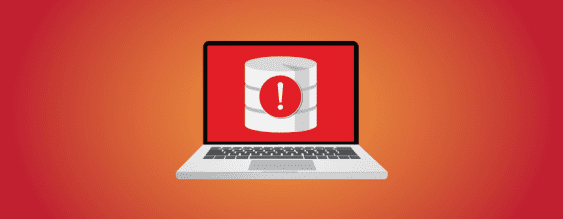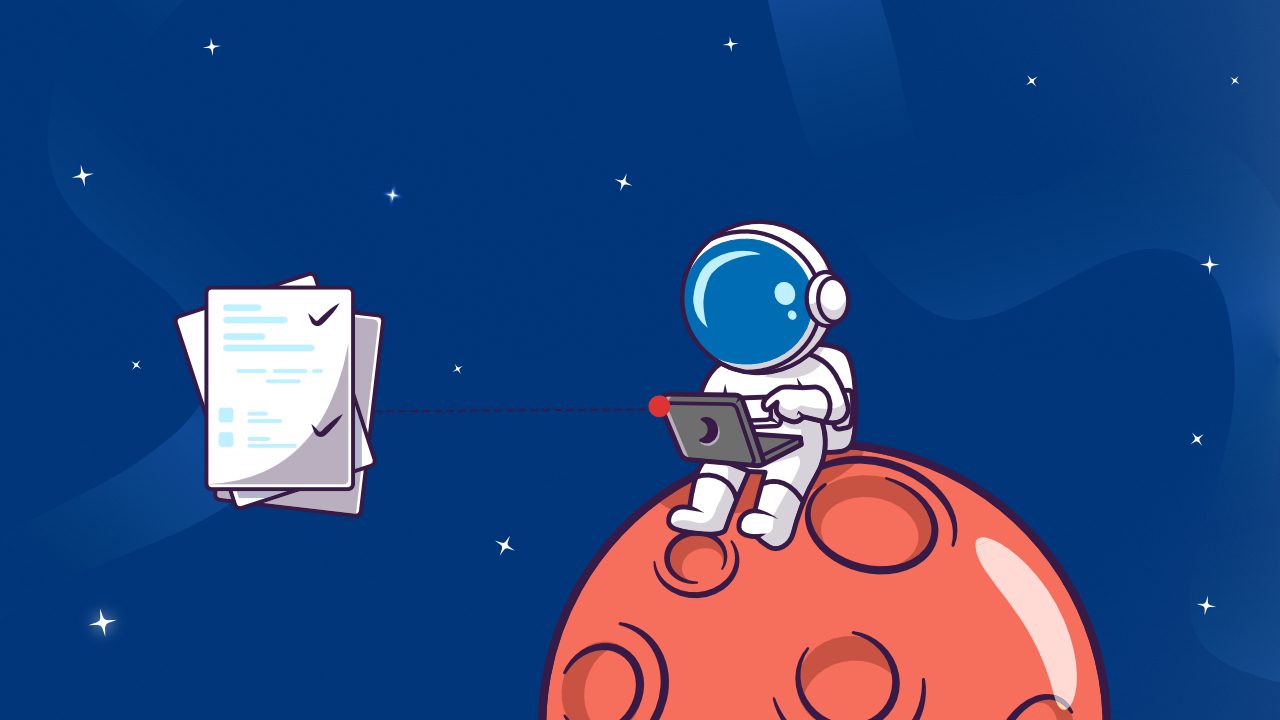You know what a data breach looks like in the movies
A character’s computer is suddenly overtaken by lines of green code. Windows and browsers pop up at lightening speed, as if the PC itself were possessed and had its finger on the fast-forward button.
The main characters give each other horrified looks. “We’re being hacked!” some side character shouts, and then alarms and red lights blare across the ceilings and down the halls as the cybersecurity team tries to wrestle control back from a nameless, faceless attacker.
Most of the time, the good guys in these movies win. Some genius white-hat hacker, known for his aloof sense of humor and his introverted tendencies, does something clever and kicks the hacker from the network, without letting them steal anything in the process. Data loss prevention is achieved—and then the team goes out for drinks to celebrate a job well done.
For those in the real world, movies do not accurately portray how hacking works
The cyber threats we face are much less glamorous. There are no blaring warning signs, no alerts that scream through the organization the moment a threat is detected, no good-guy hacker to swing in at the last moment and prevent a data breach.
In fact, data breaches are often silent. A hacker slips in through a vulnerability, like a legacy piece of software that still has the default admin log-in details, or through a phishing email, then sits back and watches the organization’s flow of data from a position of quiet power. The stream of credentials and files are copied and sent to a remote device—sometimes over the course of weeks, months, or even years before the IT team notices something’s amiss.
By the time the threat is detected, it’s often too late. Personal data, health information (PHI and ePHI), credit card details, and even government secrets have been siphoned from the database to be sold on the dark web or used for personal gain/fraudulent activity. In these cases, there’s no wrestling the data from the hacker. There is no protecting the organization’s crown jewels once the data is lost.
With a real threat at hand, how should organizations prevent data breaches?
One way to beat back the threat of a cyber attack is to implement managed file transfer (MFT) software in your organization.
MFT file transfers offer a high level of security for information in transit and at rest. Enterprise-level solutions like GoAnywhere MFT frequently include robust cybersecurity features, including granular security settings, detailed alerting, audit logs, and PDF reporting. Combined, these aspects of MFT can create a solid wall of defense against the enemy.
If you’re evaluating managed file transfer as a potential cybersecurity solution for your business, here are five ways this software can help protect you against external threats:
1. Encryption and Connectivity
Managed file transfer software encrypts sensitive data in motion and at rest.
For data in transit:
MFT supports secure server-to-server, user-to-user, and application-to-application connections. Client and server software for SFTP, FTPS, HTTPS, and AS2 are often included in today’s MFT solutions.
2. Alerting
MFT can be configured to alert a user when files process or triggered events, like upload and download, occur. Alerting gives organizations the ability to ensure files are only sent to intended users, and will notify them if a file transfer fails to send or be retrieved properly.
3. Automation
Managed file transfer software, like GoAnywhere, allows administrators to create project workflows for automation. These workflows are created with GoAnywhere’s built-in scheduler, can run at specific days and times, and support IT goals for end-to-end automatic encryption and file transfers. Ad-hoc file transfers can also be executed with a single click.
With workflows in place, GoAnywhere can move files between internal systems, users, or trading partners automatically. This automation helps reduce user error and ensures files are protected at every stage of their journey. File transfer automation also manages reoccurring or high-volume transfers for enterprise organizations.
Event triggers can be used in conjunction with workflows to kick off projects whenever a new, modified, or deleted file is detected within target folders. When used together, GoAnywhere ensures files are only left in a folder briefly before being routed to their proper destination.
4. Audit Logs and Granular Access Controls
Detailed audit logging and granular access controls give MFT software administrators clear insight into user and file transfer activities. All file service activity is tracked. Data is easily searchable and can be compiled into various audit reports that can be generated on a regular basis or distributed to business partners, the cybersecurity team, or auditors as a PDF.
5. DMZ Gateway
A DMZ (short for Demilitarized Zone) Gateway will keep your incoming ports closed to your private/internal network. This keeps your file servers, passwords, and user credentials securely inside your organization and ensures that no sensitive files are stored in your network’s DMZ. DMZ Gateways like GoAnywhere Gateway support FTPS, SFTP, SCP, and HTTPS file transfer protocols. No special hardware components are required.
Data Breach Prevention Checklist
Now that you understand the benefits managed file transfer can supply your organization, here’s a data breach prevention checklist to help you ensure your data is safe and secure from hackers and vulnerabilities.
Use this checklist alongside an MFT solution like GoAnywhere to get the most bang for your buck! We recommend a starting a free trial to see our award-winning solution in action.
1. For Encryption:
- Apply encryption in transfer using the latest ciphers and protocols
- Utilize AES 256-bit encryption at rest or protect files with Open PGP technology
- Manage encryption keys using a database-driven key management system (KMS) for certificates, SSH, and PGP keys
- Leverage AES 256-bit encryption with GoAnywhere Secure Mail and Secure Folders (an HTTPS Server)
2. For Alerts:
- Set up system alerts to warn you when specific system events and thresholds happen
- Use triggered events and web user events to specify when an action should be applied depending on set conditions and definitions
- Use MFT project logic, like SMS or SMTP, to alert you on successes, failures, conditional processes
- Use MFT software alerts, like GoAnywhere’s built-in scheduler or file monitors
3. For Automation:
- Create a workflow or project to carry out data manipulation or file movement
- Kick off projects on a time table. Build in repeat options for retries upon success, failure, or conditional logic
- Monitor file systems for certain file types and actions to pass a file list to a project
- Trigger a multitude of file system actions to send email alerts, kick off native commands, or call projects
- Use API commands like SOAP and REST to call scripts and web services
4. For Audit Logs and Granular Access Controls:
- Maintain job separation of duties and only give privileges that are needed for unique roles
- Use multi-factor authentication for web and admin users. Run MFA on all service listeners
- Disable all built-in accounts and force admin user creation upon first login
- Collect logs on all service listeners, protocols, admin activity, and web user activity. Store audit logs for insight into file activities
- Leverage a central syslog server to pass along all logging events automatically




